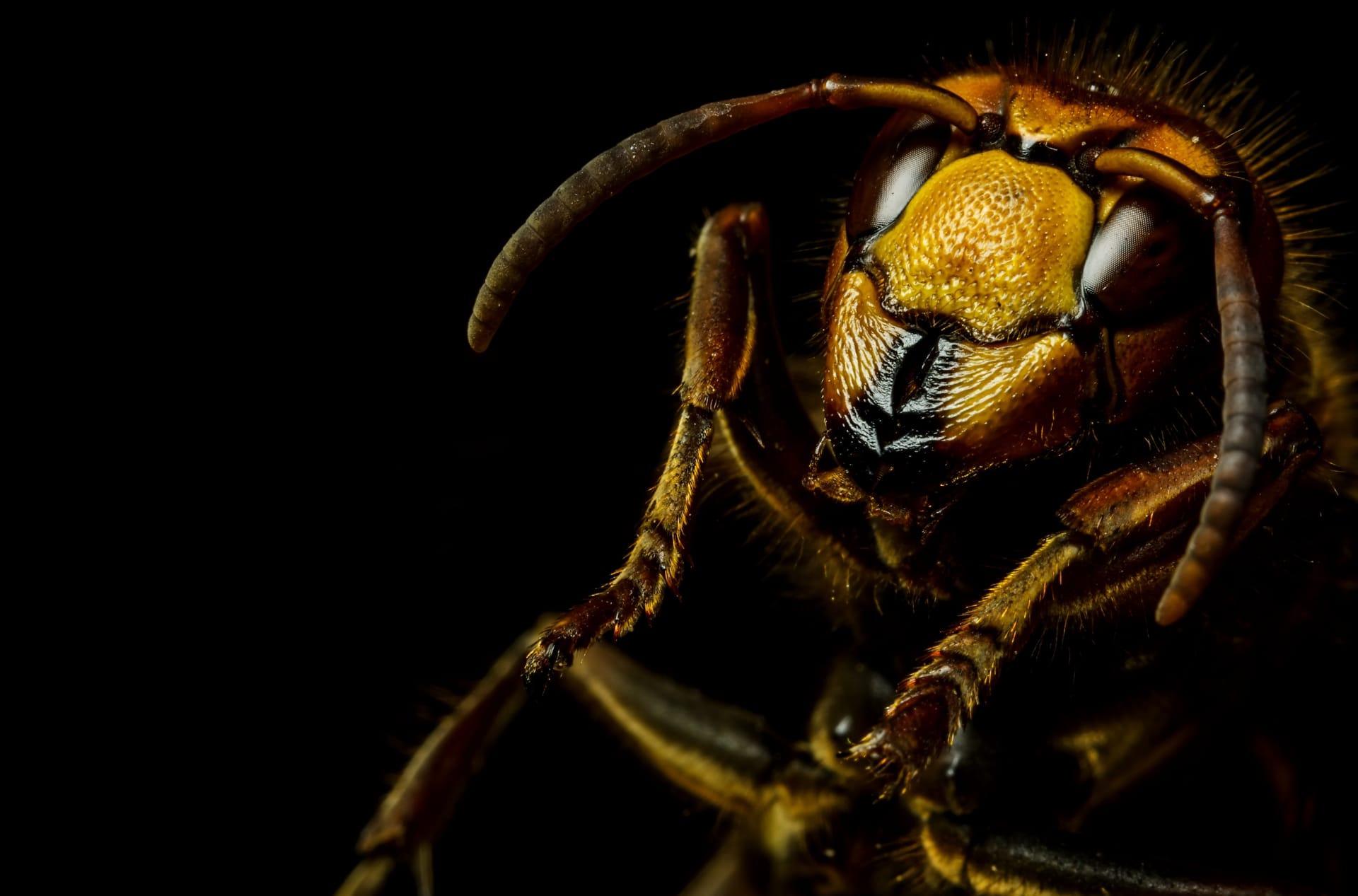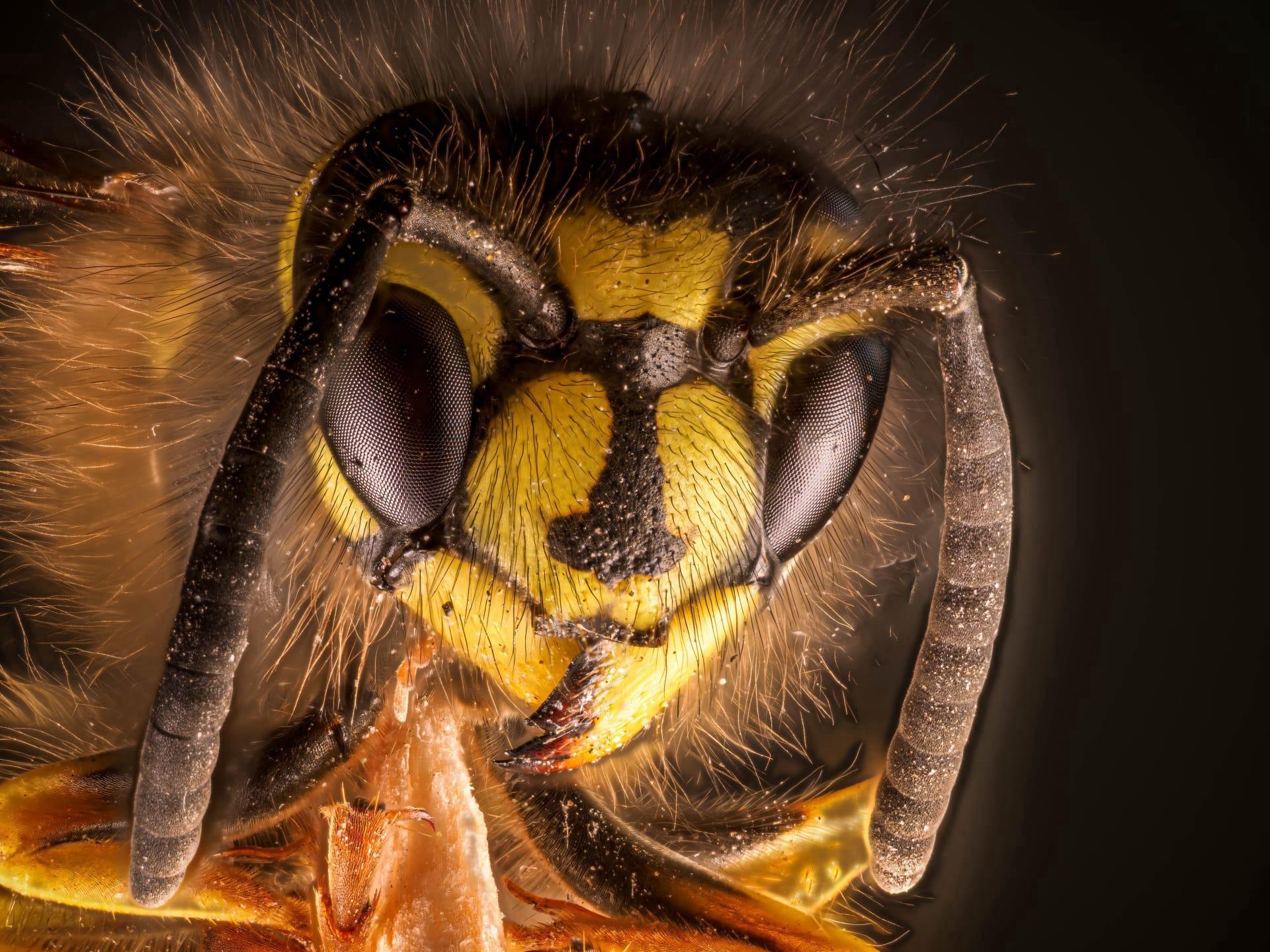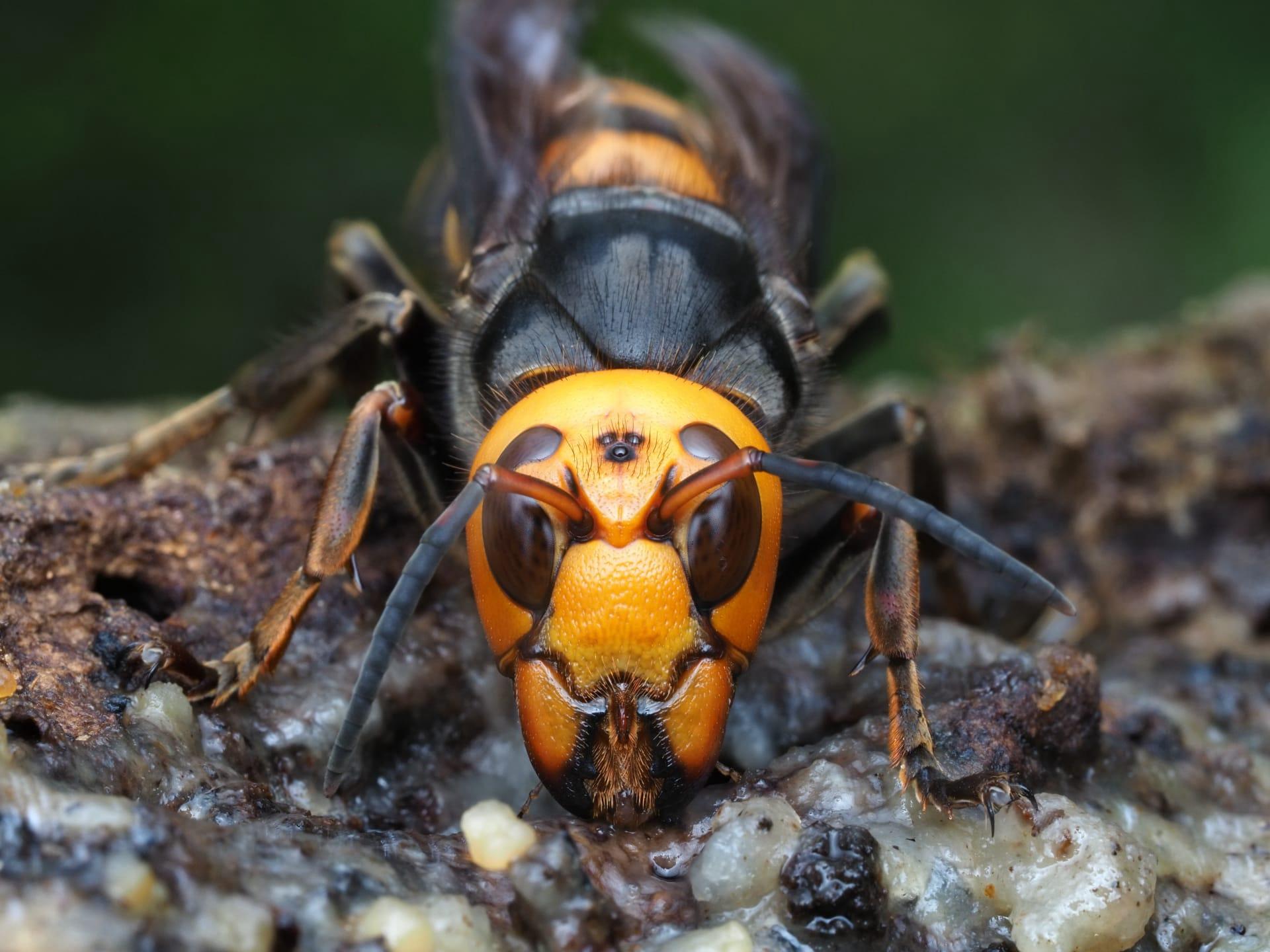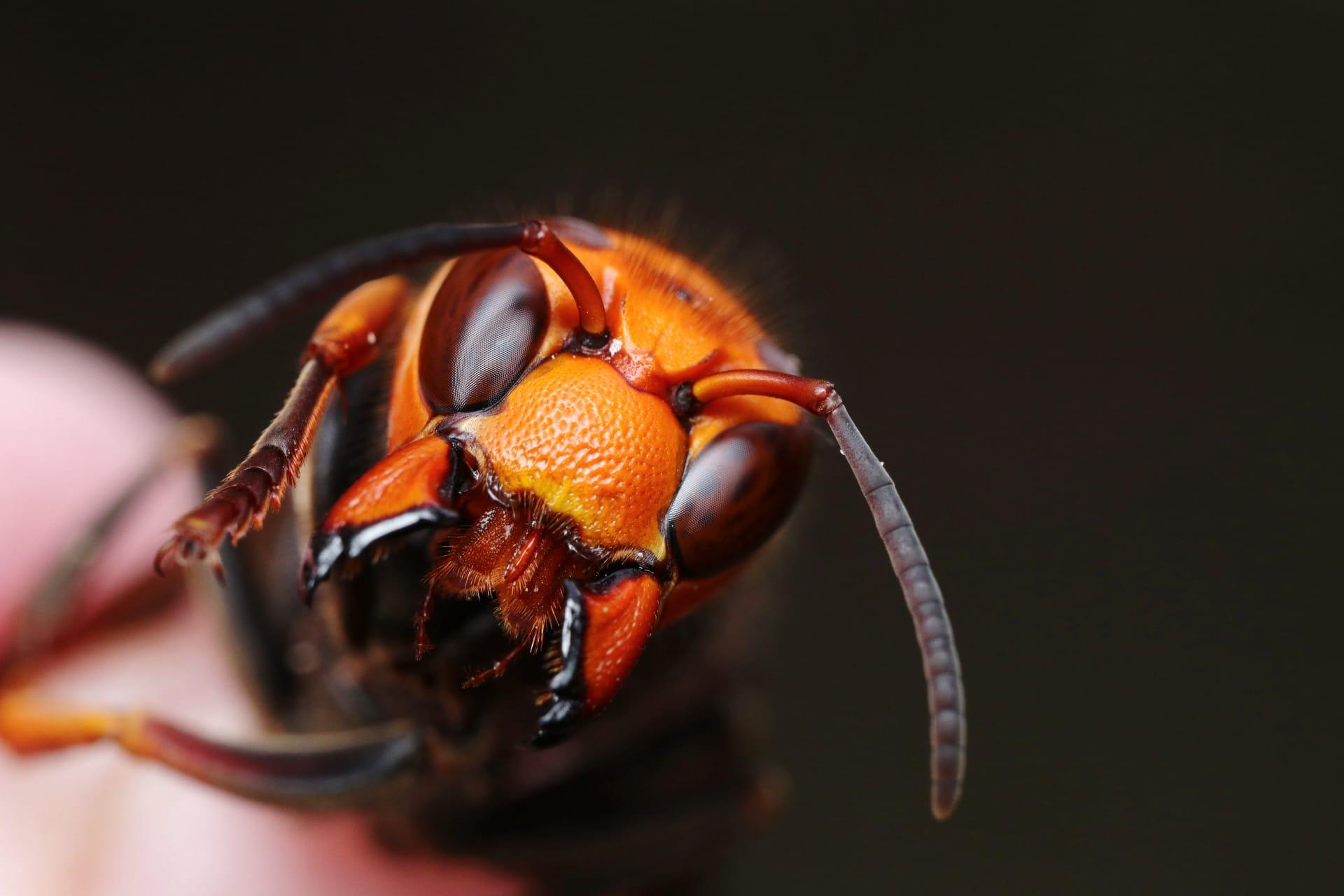Murder Hornets Trivia
- Home /
- Trivia Question /
- Animal /
- Murder Hornets Trivia
1
Question: What exactly are "Murder Hornets" and where do they originate from?
Answer: "Murder Hornets" is a nickname for the Asian giant hornet (Vespa mandarinia), the world's largest hornet species. They originate from East Asia and the Russian Far East. An adult can grow up to 2 inches in length, with a wingspan of about 3 inches. Their strikingly large mandibles, used for hunting, and potent venom make them formidable predators.
Question: How did the "Murder Hornets" get their fearsome nickname?
Answer: The term "Murder Hornets" became popular after several sightings in North America, but it's mainly due to their predatory behavior. They're known for ruthlessly attacking and decimating honeybee colonies, killing bees by decapitating them. A small group of these hornets can destroy an entire bee hive in just a few hours, posing a significant threat to bee populations.

2
Question: Is it true that Murder Hornets are deadly to humans?
Answer: While their stings are incredibly painful and can inject a larger amount of venom than typical bees or wasps, they are usually not deadly to humans. Fatalities are rare and mostly occur in individuals who are allergic or have been stung multiple times. In Japan, about 30-50 people die annually due to Asian giant hornet stings.
Question: Do Murder Hornets attack humans unprovoked?
Answer: No, Murder Hornets do not typically attack humans unless they feel threatened. Most encounters occur when people accidentally disturb their nests. These hornets are generally not interested in humans or our food and are primarily focused on hunting insects, particularly honeybees.

3
Question: What is the diet of Murder Hornets and how do they hunt?
Answer: Murder Hornets primarily feed on large insects like bees, wasps, and mantises. They are skilled hunters, using their powerful mandibles to catch and kill prey. During "hunting parties," they often target bee hives, where they kill adult bees and take the larvae and pupae to feed their own young.
Question: How do Murder Hornets impact the ecosystem?
Answer: While they are predators, Murder Hornets play a role in their native ecosystems by controlling the population of other insects. However, their introduction to non-native areas, like North America, can disrupt local ecosystems, particularly endangering honeybee populations vital for pollination and agriculture.

4
Question: How can one identify a Murder Hornet?
Answer: Murder Hornets are notable for their size, reaching up to 2 inches in length. They have a distinctive yellow-orange face, black and yellow striped abdomen, and large wings. Their size and coloration make them quite distinguishable from other wasp or bee species.
Question: What efforts are being made to control the spread of Murder Hornets in non-native regions?
Answer: In areas like North America, efforts include tracking and eradicating nests, using traps, and monitoring sightings. Scientists and local authorities work together to locate and destroy nests to prevent the establishment and spread of these invasive hornets.

5
Question: Can Murder Hornets survive in colder climates?
Answer: Murder Hornets are more suited to temperate climates, but they can survive in colder areas. They hibernate during the winter, and their nests are often found in forested areas. This adaptability raises concerns about their potential spread in various environmental conditions.
Question: What role do Murder Hornets play in their native habitat?
Answer: In their native habitat, Murder Hornets are natural predators that help maintain the balance of the ecosystem by controlling populations of other insects. They are a part of the food chain and serve as prey for some birds and larger insects. Their presence contributes to the biodiversity and ecological balance in their natural environment.